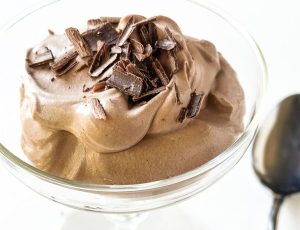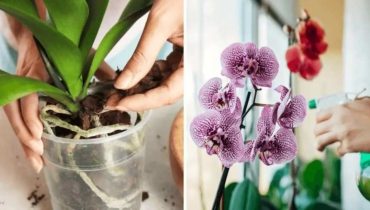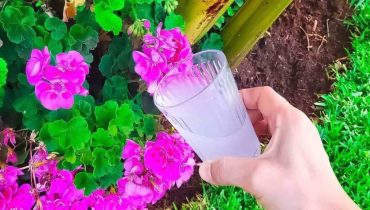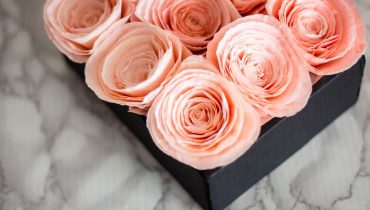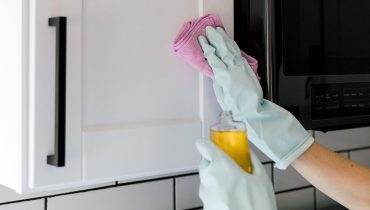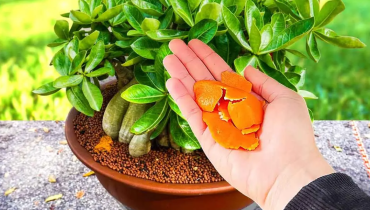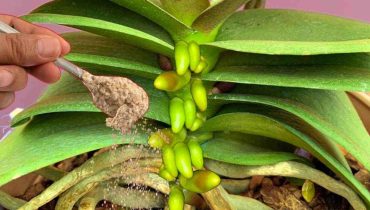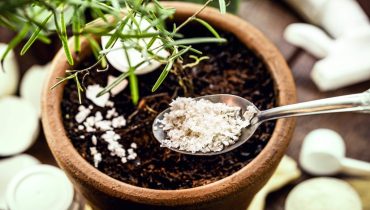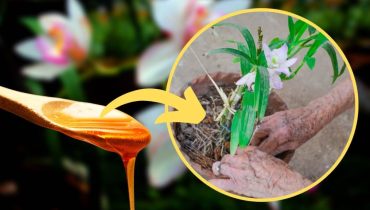Growing Spatafillo: Your Guide to Dazzling Blooms
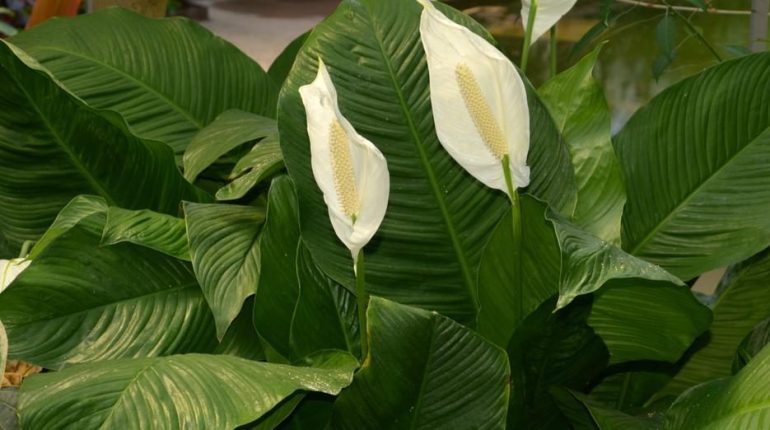
Posted October 20, 2023 by: Admin
The Spatheflower, also known as the Peace Lily, is one of the most beautiful flowers to adorn your apartment. Growing this plant is simple, provided you follow a few rules and tips to ensure vibrant blooming and prolong the lifespan of your plant. Let’s discover together how to succeed in the transplanting process!
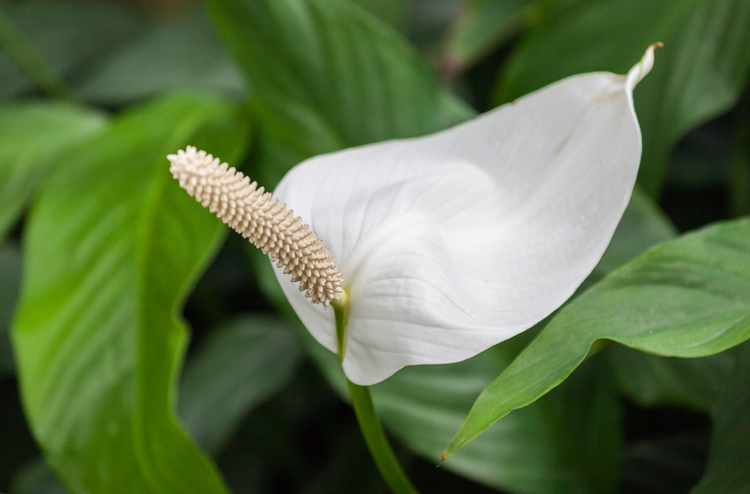
The Spatheflower, or Peace Lily, originates from Costa Rica. It is often given to pregnant women as a symbol of gift and peace. To succeed in transplantation, here are the steps to follow:
- Gently remove the plant from its original pot.
- If necessary, use a knife to separate the soil from the pot while preserving the roots.
- Carefully tease apart the roots, then remove as much soil as possible.
- Prepare a mixture of soil and perlite and use a toothpick to gently insert the soil between the roots with a slight rotation.
- Firmly tamp down the soil and water generously.
- Immediately place the plant in a sheltered location for it to recover.
Watering
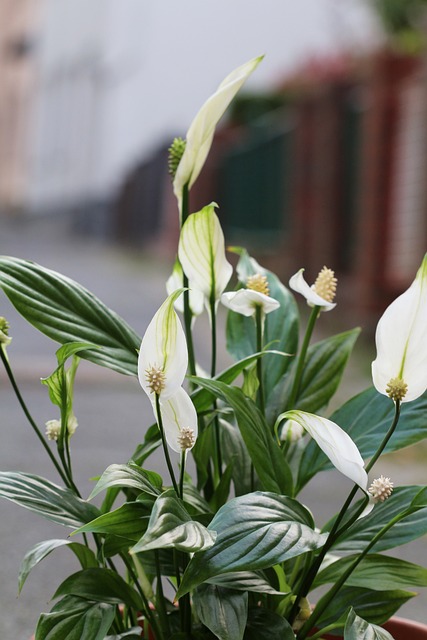
For watering, consistency is essential, but avoid overwatering as it can be detrimental to the plant. In general:
- Water every 3-4 days in spring and summer.
- Water every 7 days in winter.
If the plant isn’t flowering, fertilize every 10-12 days in summer with green plant fertilizer. Make sure to always remove excess water and water sparingly. Don’t forget to frequently mist the leaves with demineralized water, a useful practice in both summer and winter when radiators are running.
Exposure
For exposure, prefer well-lit areas without direct sunlight, which could damage the plant’s leaves. Partially shaded areas or well-lit rooms are ideal.
Finally, an interesting note: although the magnificent white leaves of the Spatheflower may appear to be its flowers, they are actually modified leaves called spathes, designed to attract pollinating insects. The true flower, inside, is called the spadix and is cream-colored.

